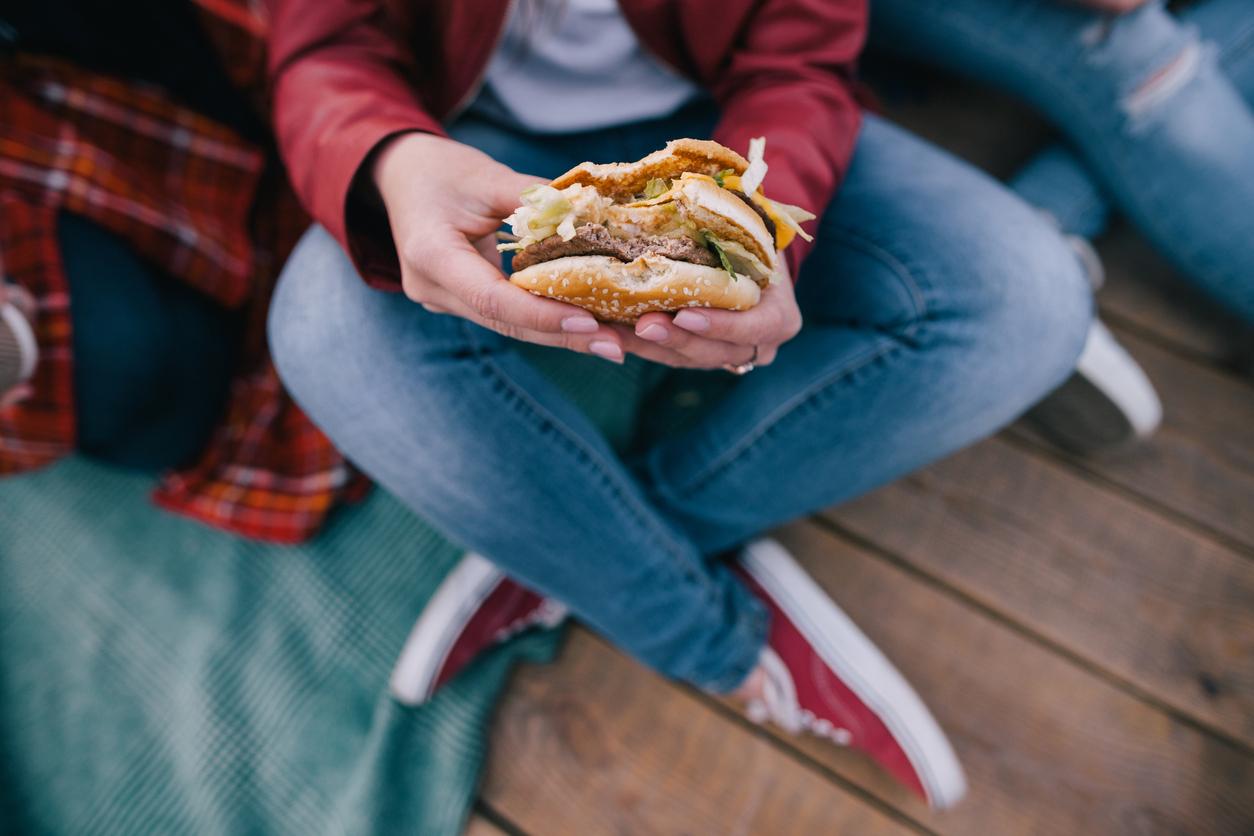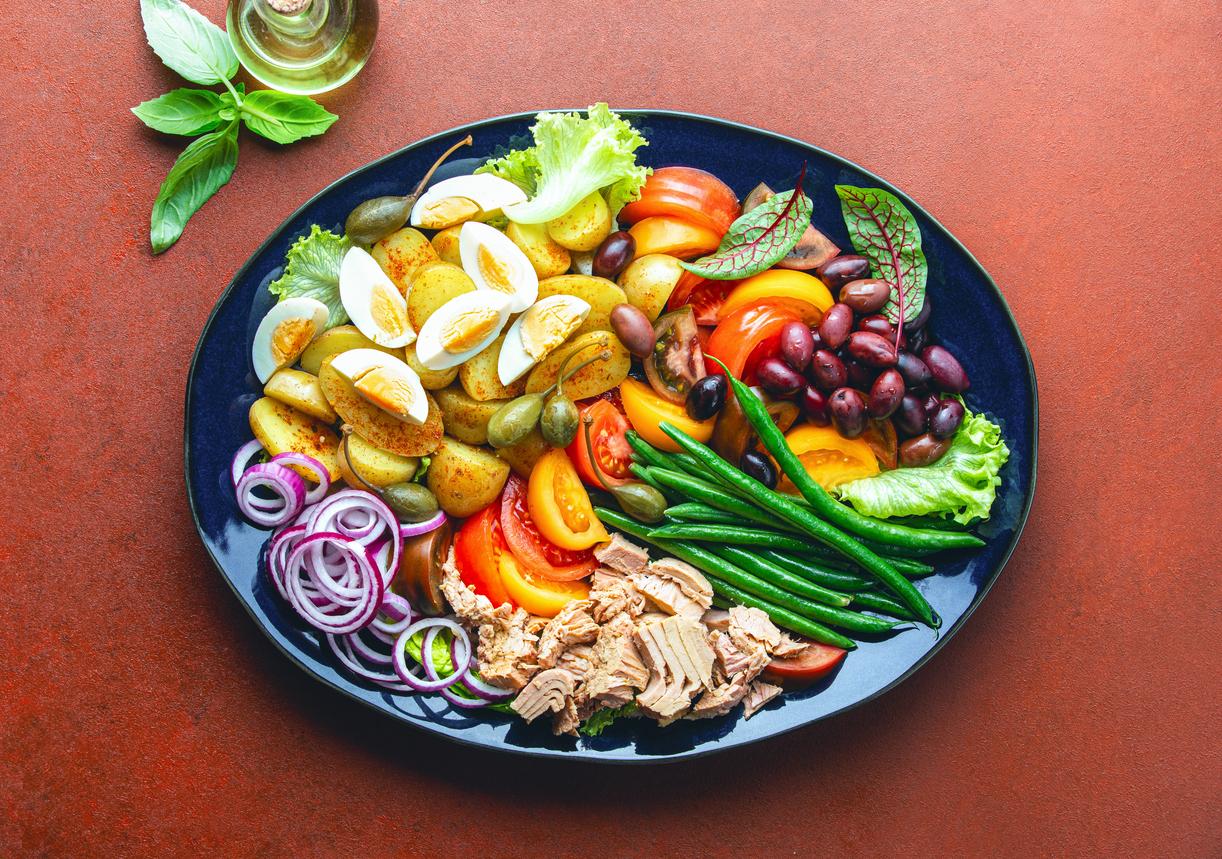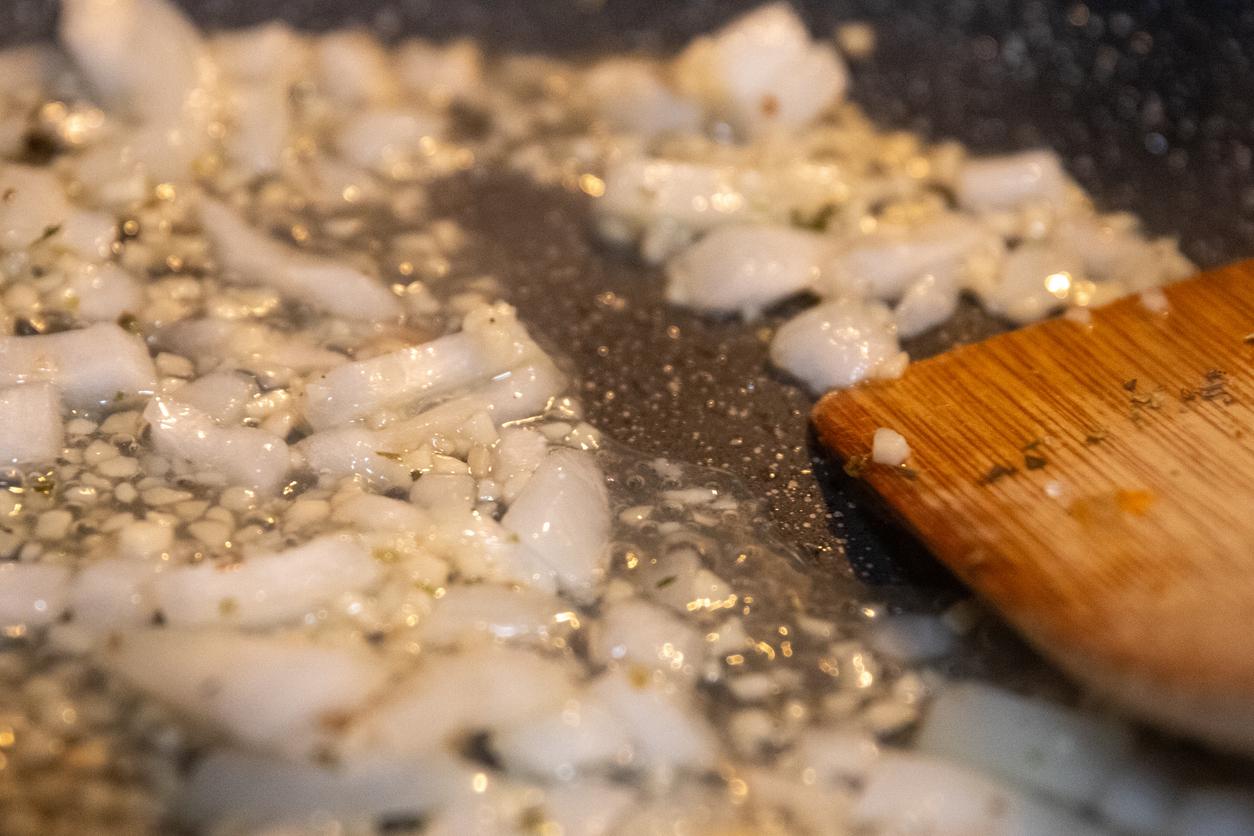If 3D printing has revolutionized industry and medicine, it is now making its way into our kitchens. Far from science fiction, 3D food printing opens up new perspectives for the personalization of dishes and the creation of surprising textures and flavors.

- 3D food printing is an emerging technology that allows the creation of personalized and original dishes.
- It offers interesting perspectives in terms of nutrition, gastronomy and space exploration.
- However, its development is still limited by technical and economic constraints.
3D food printing is based on a simple principle: digital software creates a 3D model of the food you want to obtain. This model is then sent to a 3D printer equipped with a nozzle that deposits food material layer by layer, according to the digital design. The foods used can be varied: pasta, chocolate, puree, etc.
One of the main advantages of 3D food printing is customization. It becomes possible to create tailor-made dishes, adapted to the nutritional needs and tastes of each individual. People with allergies or intolerances can thus enjoy varied and tasty dishes.
The issues and challenges
3D food printing is not limited to creating original shapes. It also allows for modulating textures and flavors. For example, it is possible to create porous foods for better absorption of sauces or to structure foods for a unique taste experience.
However, this technology raises many challenges. The question of the preservation of 3D printed foods arises, as does that of their production cost. In addition, health regulations must evolve to supervise this new practice.
Potential applications
From haute cuisine to space food
The applications of 3D food printing are numerous:
• High gastronomy : Chefs can create spectacular, personalized dishes for their customers.
• Nutrition : 3D printing makes it possible to create foods adapted to the specific needs of certain populations, such as the elderly or the sick.
• Space power supply : NASA is exploring the use of 3D printing to produce food for astronauts on long-duration missions.
3D food printing is a promising technology that could revolutionize the way we eat. By offering endless possibilities for customization and creation, it opens up new perspectives for chefs, nutritionists and manufacturers. However, many challenges remain for this technology to become more widespread and a lasting part of our daily lives.
The limits of 3D food printing
While 3D food printing offers many possibilities, it also has limitations:
• Cost: 3D food printers and raw materials are still expensive, which limits access to this technology for the general public.
• Production time: Printing a plate can take a long time, making it not suitable for large-scale production.
• Texture and taste: While progress is constant, the perfect reproduction of certain textures and tastes remains a challenge.
















